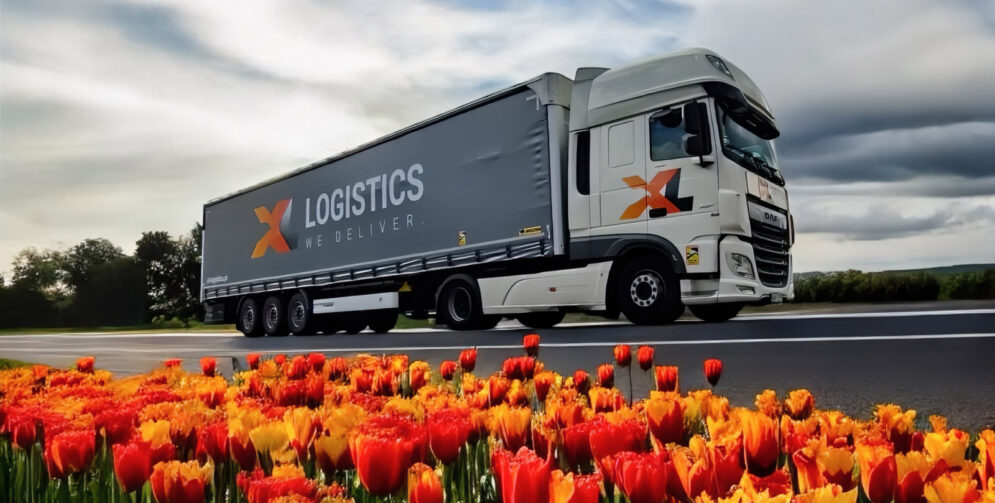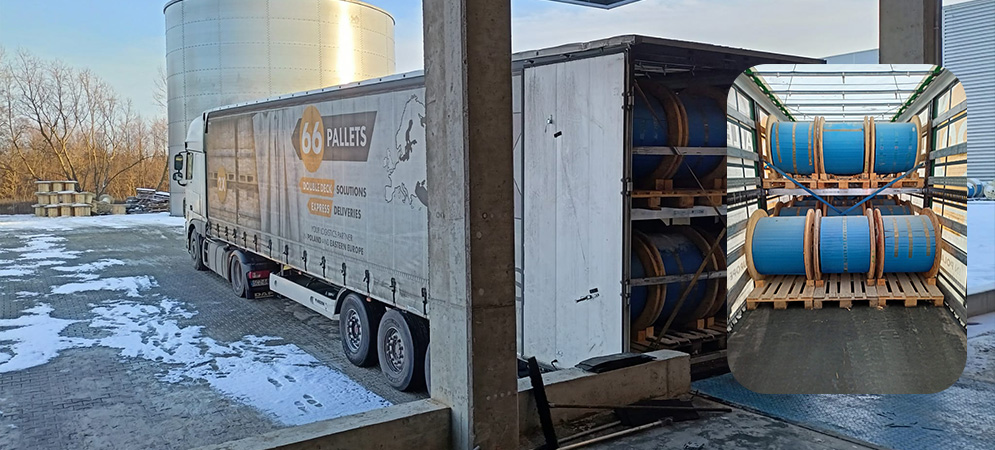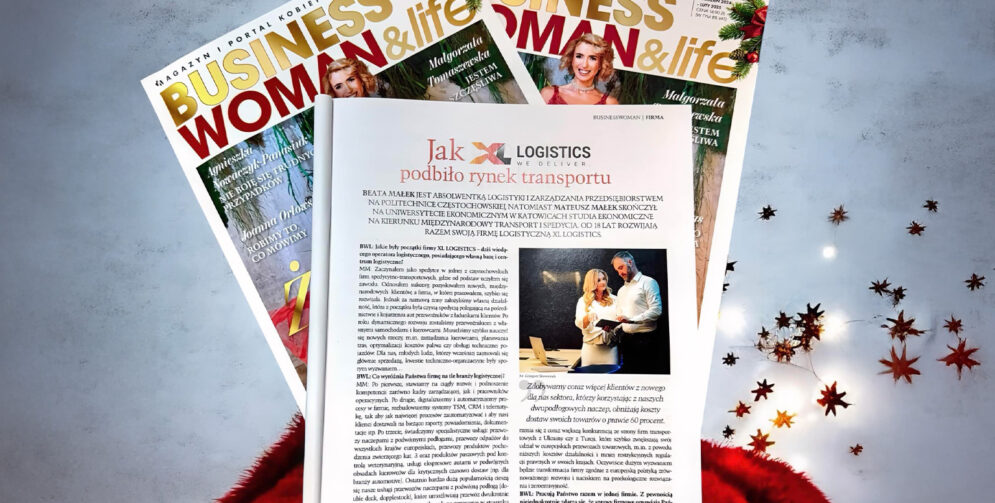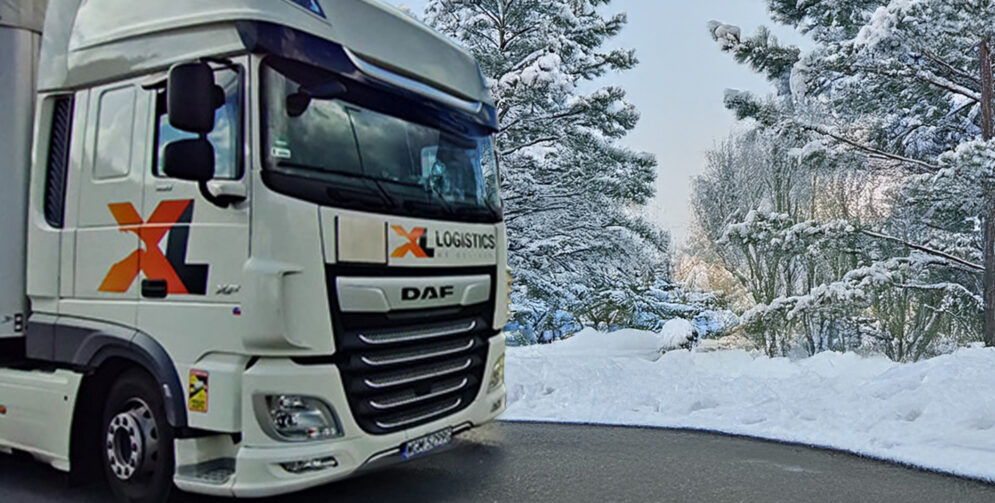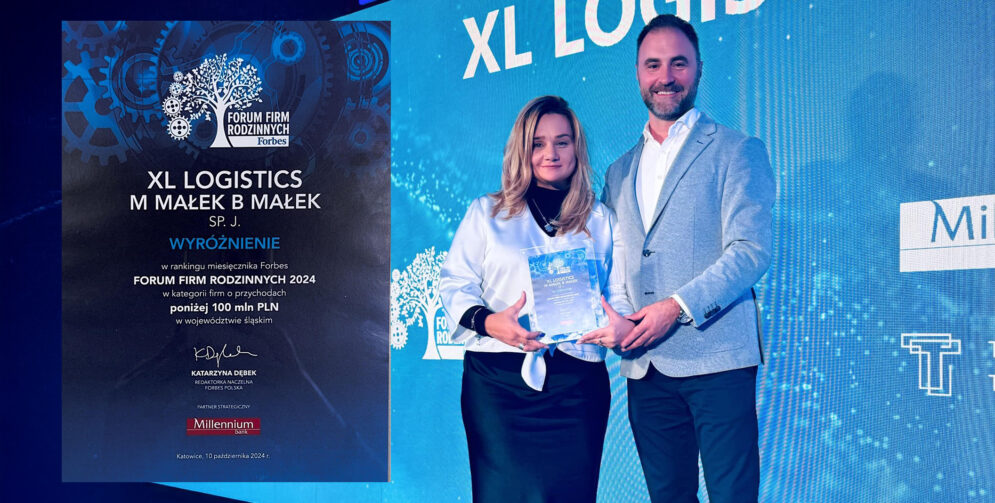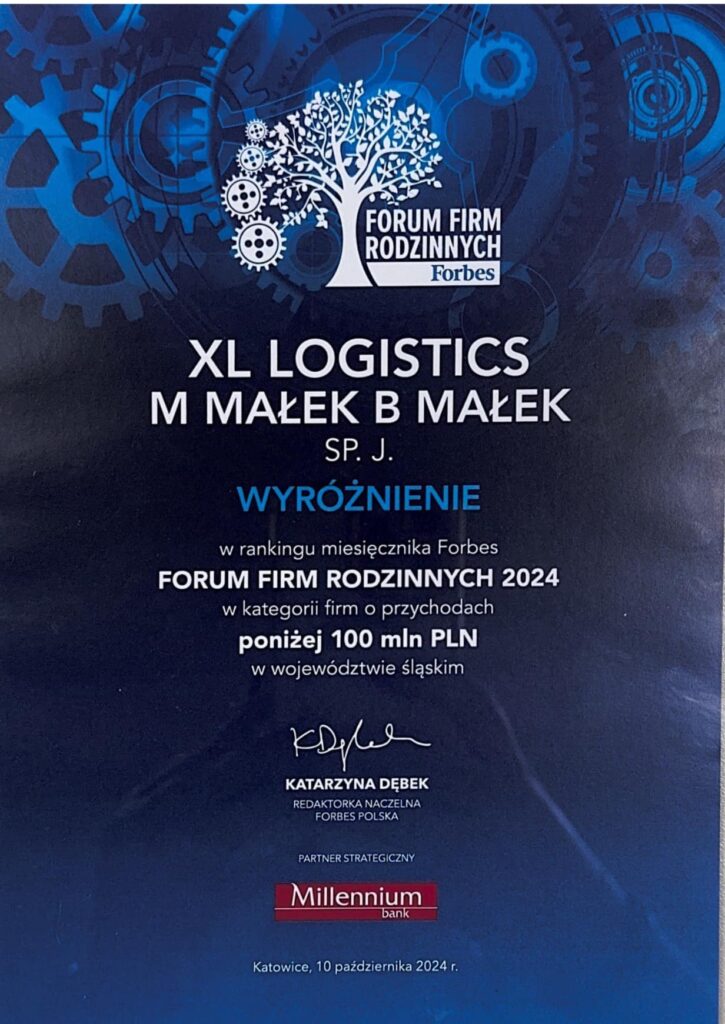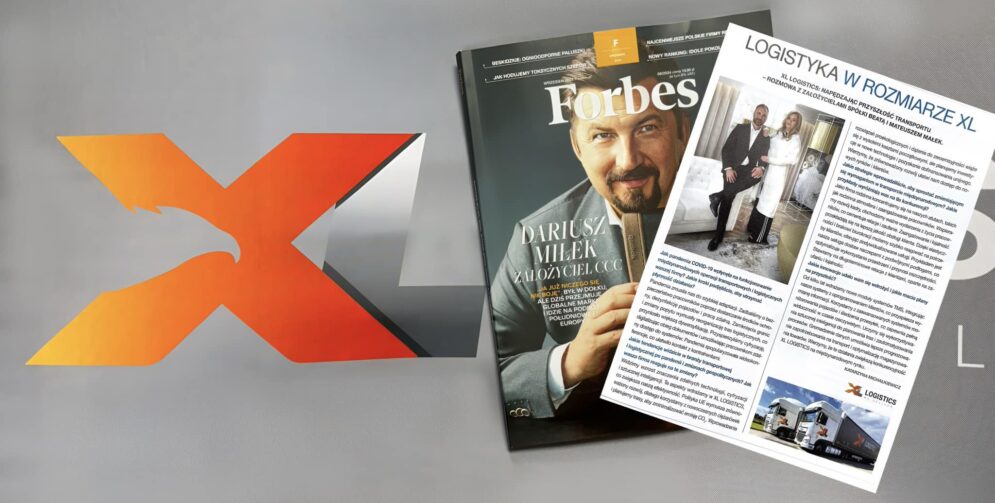Green transportation: innovative solutions in logistics and transportation
Green Solutions in Freight Transportation: How to Drive Sustainability?
Freight transportation is a key component of the global economy, but its environmental impact requires thoughtful action. How to optimize freight, reduce emissions and implement green freight solutions? In this article, we will focus on practical examples, such as double-decker transportation, and show how logistics can work toward sustainability.
Table of contents
1. why does green freight transport matter?
2. how does freight transportation affect the environment?
3. technologies that reduce greenhouse gas emissions
4. dual-floor transport: an efficient solution in logistics
5. alternative fuels in freight transport: hydrogen and biofuels
6. the role of route optimization and telematics in transportation
7. ecodriving as a tool to reduce emissions
8. ecological solutions in international transport
9. investment in modern transport technologies
10. the future of freight transport: sustainability of the industry
1. why does green road freight transport matter?
Freight transport is responsible for a significant portion of greenhouse gas emissions, which has a negative impact on the environment. Choosing green solutions, such as alternative fuels or optimized logistics systems, not only helps reduce emissions, but also increases the cost-effectiveness of transportation.
2. how does freight transportation affect the environment?
Freight transport, especially road transport, is a source of exhaust emissions containing CO2, nitrogen oxides and other pollutants. The negative environmental impact of transportation also includes the consumption of fossil fuels and the emission of greenhouse gases, which contribute to climate change.
3. technologies that reduce greenhouse gas emissions
Modern logistics is implementing many solutions to reduce the negative impact of freight transportation on the environment:
– Alternative fuels: Biofuels, hydrogen and other energy sources are increasingly being used.
– Modern vehicle fleets: Electric or hybrid trucks are becoming increasingly popular.
– Investment in infrastructure: The development of charging and refueling points for alternative fuels supports the transition to clean modes of transportation.
4. dual-floor transport: an efficient solution in logistics
Dual-floor transportation is an innovative approach to increase the efficiency of freight transportation. By using trailers with two floors, it is possible to carry more cargo on a single trip.
Advantages of two-floor transportation:
– More capacity: one double-deck trailer can carry up to 66 europallets.
– Cost savings: Reducing the number of trips means less fuel consumption and lower transportation costs.
– Reducing emissions: Fewer trips reduce emissions.
Dual-floor transportation is an ideal solution for mass transit and high volume logistics, making it one of the most optimal ways to reduce the environmental impact of transportation.
5. alternative fuels in freight transport: hydrogen and biofuels
Implementing alternative fuels, such as hydrogen and biofuels, is another step toward sustainable transportation. Hydrogen, especially in the heavy road transport sector, has great potential for reducing greenhouse gas emissions. Biofuels, on the other hand, offer the possibility of using agricultural waste as an energy source.
6. the role of route optimization and telematics in transportation
Route optimization is key to green transportation. With modern telematics systems, companies can plan routes in a way that minimizes travel time and fuel consumption.
Key benefits:
– Reduction of operating costs.
– Reducing CO2 emissions.
– Improving delivery efficiency.
7. ecodriving as a tool to reduce emissions
Ecodriving, a driving style that promotes fuel efficiency, is one of the easiest ways to reduce greenhouse gas emissions. Driver training in ecodriving allows transportation companies to reduce costs and protect the environment.
8. ecological solutions in international transport
The importance of environmental standards is growing in international transportation, especially in the European Union. Intermodal transportation, combining different modes of transport, reduces emissions and optimizes logistics processes.
9. investment in modern transport technologies
Modern technologies such as fleet management systems, autonomous vehicles and electric vehicles are key to the future of green transportation. Implementing such solutions allows companies to adapt to changing market and environmental requirements.
10. the future of freight transport: sustainability of the industry
The future of freight transportation is based on sustainability, which combines innovation, cost-effectiveness and care for the environment. Green solutions, such as bi-floor transportation, alternative fuels and telematics, play a key role in this transformation.
Summary: Key findings
– Freight transport generates a significant portion of greenhouse gas emissions, but technologies and solutions exist to reduce this impact.
– Dual-floor transportation increases efficiency and reduces costs while reducing emissions.
– Alternative fuels, telematics and ecodriving are tools to support a green approach in logistics.
– The implementation of modern transportation technologies is a necessity in the pursuit of sustainable development of the industry.
Green solutions in freight transportation are not only a response to environmental challenges, but also an opportunity to increase efficiency and competitiveness in the market. XL LOGISTICS is ready to support its customers in adapting to new standards by offering innovative solutions such as double-floor transportation.

